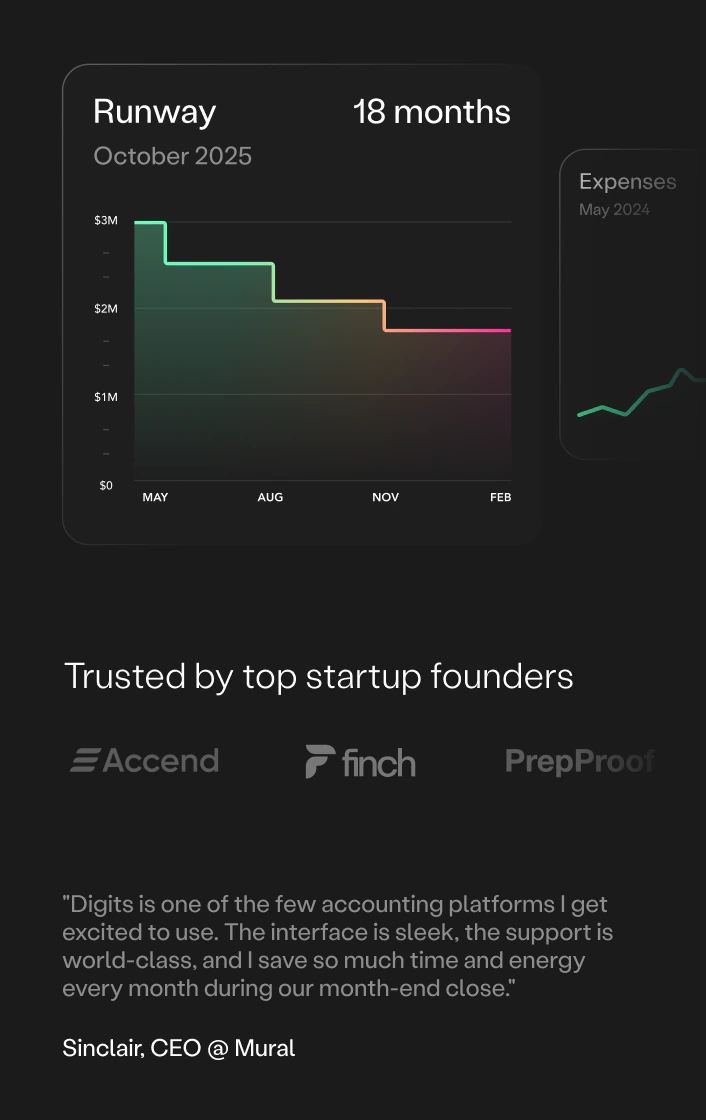
Book a demo
Take the first step in automating your accounting.
Accountant or accounting firm?
Learn about our solutions for accountants.
